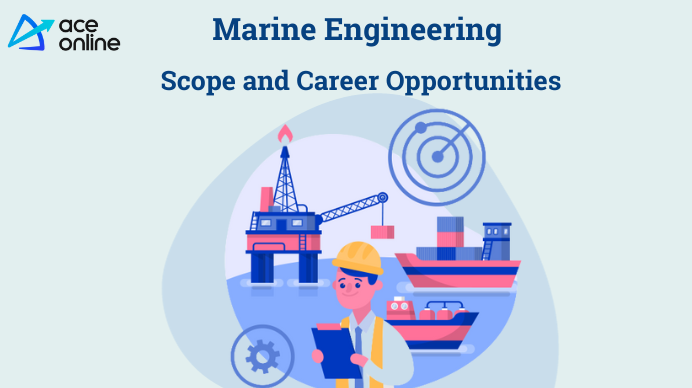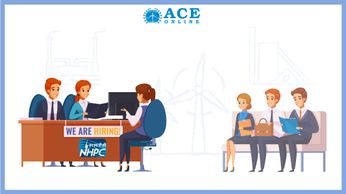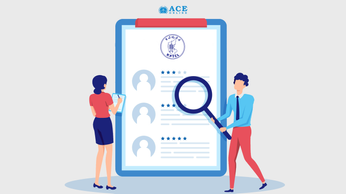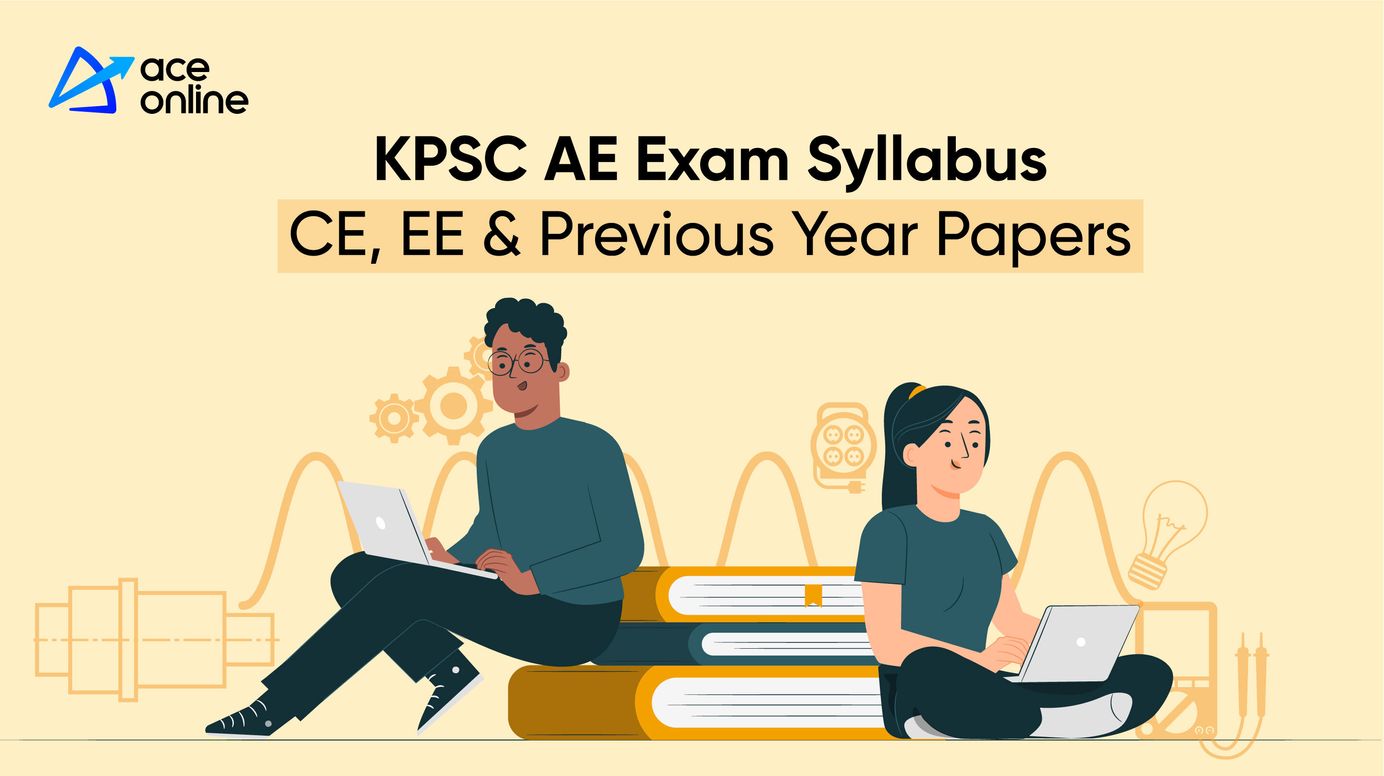
KPSC AE Exam Syllabus: CE, EE & Previous Year Papers
KPSC Assistant Engineer Exam is a highly competitive examination for candidates aspiring to work as Assistant Engineers in the Civil Engineering (CE) and Electrical Engineering (EE) departments.
The Karnataka Public Service Commission, KPSC Assistant Engineer Exam is a highly competitive examination for candidates aspiring to work as Assistant Engineers in the Civil Engineering (CE) and Electrical Engineering (EE) departments. To crack this exam and secure a position as a government engineer, it is essential to have a thorough understanding of the KPSC AE Exam syllabus. The syllabus provides a comprehensive framework of the topics and subjects that candidates must focus on during their exam preparation. This article aims to provide an orientation to the CE and EE details of the KPSC AE Exam syllabus, helping candidates plan their study strategy effectively and enhance their chances of success.
KPSC AE General Studies Syllabus
Paper I: General Studies
- Current events
- General Science
- Social sciences
- Indian Society & Dynamics
- Indian Constitution
- Indian History
- Indian Geography
- Land Reforms in Karnataka
- The Social/cultural history of Karnataka
- Rural development, panchayat raj institutions, and rural cooperatives
- The economy of Karnataka
- Questions related to matters of everyday observation
- Practical knowledgeability
- Quantitative aptitude
- Environmental and developmental problems of Karnataka
- The Role of Science & Technology
- Mental Ability
KPSC AE Civil Engineering Syllabus
1. CIVIL ENGINEERING MATERIALS AND CONSTRUCTION
TRADITIONAL MATERIALS: stone, brick, tiles-roofing and flooring, steel, timber, lime, cement, their manufacture, properties, and code requirements. Mortar, cement concrete, properties, specifications, and tests for quality control. Reinforced concrete, fiber-reinforced concrete, and fem-cement applications. Paints, enamels, varnishes, tar, bitumen, asphalt, properties, and use. Modem materials: plastics, rubber, polymer, fiber-reinforced plastics, manufacture, properties, and use. Introduction to composites and smart materials. Building Construction: Foundations; Stone Masonry; Brick Masonry -Rules for bonding, stretcher and header bonds and English Bond; Doors and Windows; Stairs - proportioning and designing of different types of staircases for residential and commercial buildings; Different types of roofs. RC. Constructions - Lintels and sunshades, beams, one-way and two-way slabs. Plastering and pointing: types, preparation, properties, uses, and defects. Formwork for construction. Damp proofing,
2. SOLID MECHANICS, STRUCTURAL ANALYSIS
SOLID MECHANICS
Fundamentals of force system. Concept of Rigid body and deformable bodies. Free body diagrams. Centroid and moment of inertia of plane areas. Simple stress and strain. Hooke's law. Mechanical properties of materials. Elastic constants. Simple flexure theory, Bending stress, and shearing stress distribution across sections. Deflection of beams, Macaulay's method for deflection of statically determinate beams. Compound stresses - analytical method, graphical method - Mohr's circle of stresses. Torsion is the transmission of power through hollow and solid shafts. Beams of uniform strength. Combined bending and torsion. Strain energy. Columns & struts. Elastic stability of columns. Bending moment and shear force diagrams for simply supported, cantilever, and overhanging beams. Analysis of simple trusses.
STRUCTURAL ANALYSIS
Definition of statically determinate and indeterminate structures. Deflection of beams: moment area method, conjugate beam method, stain energy method, and unit load method. Rolling loads and influence lines for statically determinate beams and bridge trusses. Three hinged arches, cables, and suspension bridges. Analysis of indeterminate beams, frames, and trusses: consistent deformation method, slope deflection method, moment distribution method, Kani's method. Plastic analysis of simple beams and frames.
3. CONCRETE TECHNOLOGY, REINFORCED CONCRETE STRUCTURES, STEEL STRUCTURES, PSC STRUCTURES
CONCRETE TECHNOLOGY
Concrete making materials - Manufacture of Cement, types of cement and aggregates, properties and testing, Water, admixtures. Fresh concrete, workability, compaction, curing. Strength of concrete, elasticity, shrinkage, and creep. The durability of concrete. Testing of hardened concrete Special Concretes. Concrete chemicals.
RC STRUCTURES: Strength properties and behavior of concrete and reinforcing steel. Basic principles of working stress design. Limit state design concepts. Designing of members subjected to flexure, shear, torsion, axial forces and combinations, and uniaxial and biaxial bending of columns. Design of simply supported and continuous beams and slabs; two-way slabs, isolated and combined footings. Computation of deflection • and crack width. Design of staircases. Design of retaining walls - cantilever and counterfort type, Design of water tank- rectangular and circular tanks, underground and resting on the ground. Design of framed structures.
STEEL STRUCTURES
General principles of the elastic method of design of steel structures. Bolted and welded connections. Tension and compression members. Laterally supported and unsupported beams. Unsymmetrical bending. Built-up beams. Plate girders. Members were subjected to axial force and uniaxial and biaxial moments. Introduction to the limit state design philosophy of steel structures.
PSC STRUCTURES
Materials. Pre and post-tensioning methods. Losses of prestress. Stresses in concrete due to prestress and loads. Prediction of long-term and short-term deflections. Limit the state of collapse in flexure and shear. Limit state of serviceability. Transmission length. Anchorage zone stresses. Design of Adblock. Design of pre and post-tensioned beams. Analysis of composite beams.
4. HYDRAULIC STRUCTURES
Reservoir planning, Types and Design of Dams and Weirs, Types, methods, and Design of Energy Dissipation Structures, Spillways- Types, Functions, and Designs. Flood control: Introduction, flood plain management, flood plain definition, hydrologic and hydraulic analysis of floods, stormwater management. Flood control alternatives: structural and non-structural measures. Flood damage and net benefit estimation: damage relationships, expected damages, risk-based analysis. Canals — Types, Designs, Distribution Systems for Canal Irrigation, Canal Capacity, Canal Losses, Alignment of Canals, Most Efficient Section, Lined Canals, Their Design, Regime Theory, Critical Shear Stress, Bed Load, Design of Head Regulators Canal Falls, Aqueducts, Measuring Flumes, Canal Outlets, Sluice Gates, Gates for Outlet works, Valves for Outlet works, Canal drops, Escapes, CD Works, Design of river training works. Retaining Walls, Bulk Heads, Rockfill Dam, Coffer Dam, Grouting. Seepage and its control in Hydraulic structures. Failure and Restoration of Hydraulic Structures. Rivers, Their Behavior, Control, and Training -River Morphology, Sedimentation of Reservoirs and Canals, Causes and Reclamation of Water Logged and Saline Soils for Agricultural purposes. Conjunctive Use of Surface and Groundwater in the command area. Rainwater harvesting.
5. SOIL MECHANICS AND FOUNDATION ENGINEERING
SOIL MECHANICS
Soil formation, Three phase system, Index properties of soils, Soil classification, Hydraulics of soils, Stress distribution in soils, Soil compaction, One-dimensional consolidation, Effective stress, and pore water pressure, Shear strength of soils. Soil exploration, Earth pressure, and its determination. Bearing capacity - Theoretical methods and Insitu tests, Stability of slopes by various approaches, Load carrying capacity of single and group of piles. Ground improvement techniques.
FOUNDATION ENGINEERING Loads for foundation design, Depth of foundation, proportioning of footings, and Geotechnical and structural design of isolated, combined, and raft foundations. Analysis of pile groups. Design of piles and pile cap. Design of cantilever, counterfort, and soil-reinforced retaining walls.
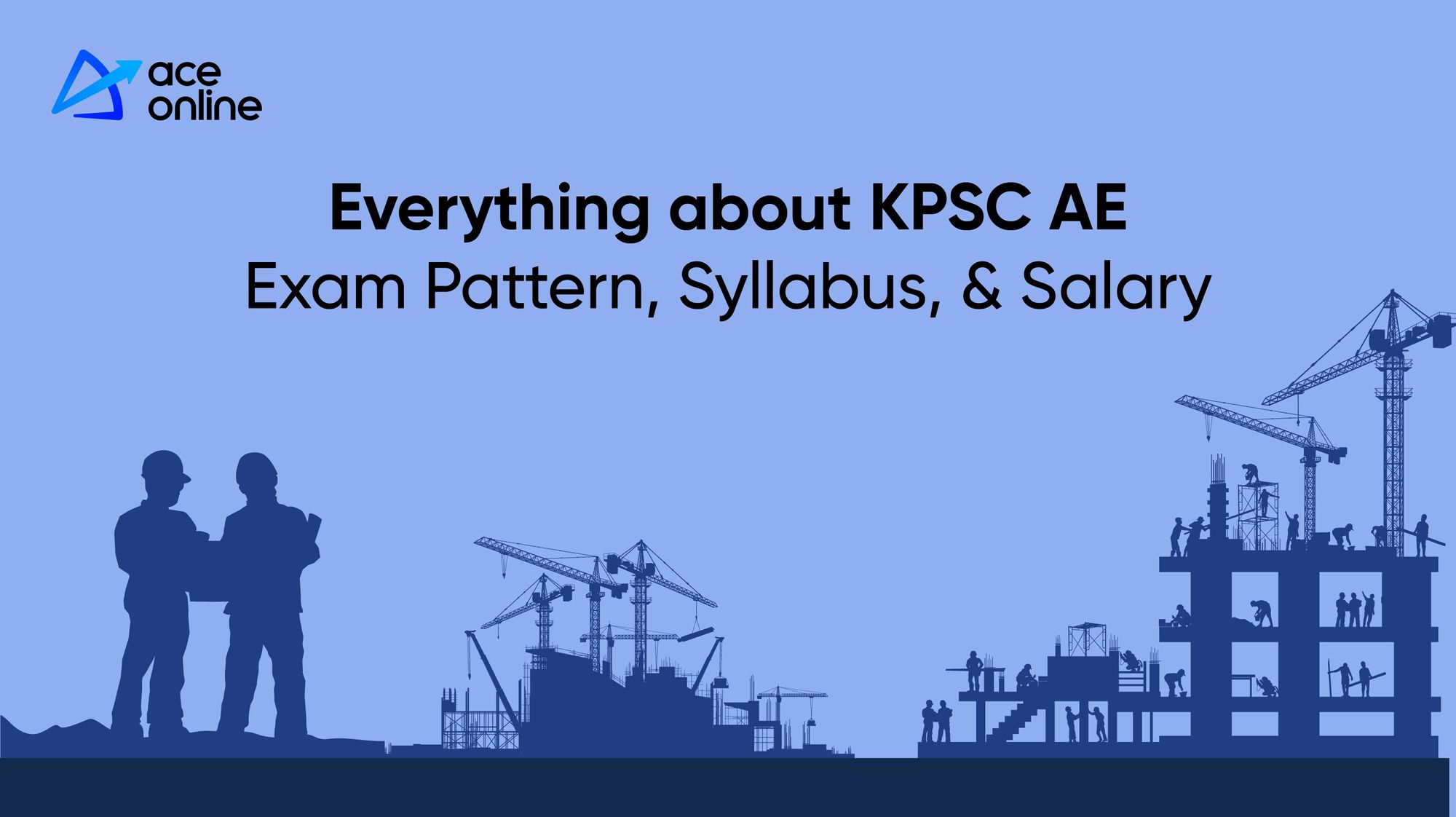
6. FLUID MECHANICS, HYDROLOGY & WATER RESOURCES ENGINEERING
FLUID MECHANICS
Introduction and Terminology, Basic properties of fluids, Pressure, and its measurement, Hydrostatic pressure on surfaces, Kinematics of fluid flow, Dynamics of fluid flow, Velocity and Accelerations, Stream Lines, Equation of Continuity, Bernoulli's Equation, 'notational and Rotational Flow, Velocity Potential and Stream Functions, Continuity, Momentum and Energy Equations, Navier Stoke's Equation, Euler's Equation of Motion, Application to Fluid Flow Problems, Pipe Flow, Darcy's Equation, Losses, Water hammer, Depth, velocity, and Discharge measurements. Dimensional analysis, Similitude and Model studies, Dimensionless Parameters, Laminar Flow Between Parallel, Stationary, and Moving Plates, uniform flow in open channels, Nonuniform flow, Critical flow, Rapid and gradually varied flow and its concept and Design, Hydraulic jump. Centrifugal pumps- Vertical turbine pumps.
HYDROLOGY & WATER RESOURCES ENGINEERING
Hydrologic cycle, Water budget, Catchment. Precipitation: types, measurement, intensity, duration, temporal and spatial analysis. Infiltration, soil moisture, evaporation, transpiration, Groundwater. Runoff: components, factors, hydrographs, unit hydrograph, flood estimation. Irrigation: objectives, methods, irrigation water requirements. Components of irrigation system and design principles:Water-Power-Engineering: Basic principles, types of schemes.
7. TRANSPORTATION ENGINEERING
Introduction and Terminology, Principles of transportation engineering. Traffic Engineering: Vehicular and road user characteristics, traffic studies, junctions and signals, traffic control devices Highway alignment and geometric design: Highway alignment, cross-sectional elements, horizontal alignment, and vertical alignment Highway design and construction: design of flexible and rigid pavements, WBM and bituminous concrete roads and highway maintenance, highway drainage. Railways: Rail gauges; coning; adzing; railway track components, functions, requirements, and width of formation; creep; tractive resistance; geometric design; points and crossings; stations and yards; signaling and interlocking. Docks & Harbors: Types of harbors, tides, wind and waves, breakwaters, docks, quays, Transit sheds, warehouses, navigational aids Tunnels: Introduction to tunneling, tunneling through soils, soft and hard rocks, tunnel ventilation Airports: Introduction to airport planning and development, Airport design standards
8. ENVIRONMENTAL ENGINEERING
Essentials of water and wastewater engineering systems, quantities, sources, water distribution systems, planning, and analysis. Wastewater collection. House drainage. Water and wastewater characteristics. Drinking water standards. Unit operations and processes of water and wastewater treatment. Design of treatment units. Water pollution control: Effluent standards. Disposal of wastewater. Stream sanitation. Water quality indices; Solid waste management: Characteristics, treatment disposal; Air Pollution Control: Sources and Characteristics, effects, Control; Noise Pollution Control, measurement & analysis; Hazardous solid waste: Classified wastes, Disposal of hospital wastes; EIA: Introduction, case studies
9. SURVEYING
Introduction and Terminology, Basic Principles of Surveying, Measurement of horizontal distances, Chain surveying, Compass surveying, Compass traversing, Introduction to leveling, Reduction of leveling, Contouring, Plane table surveying, Theodolite surveying, Trigonometric leveling. Tacheometry, Curve setting, Computation of area and volumes, Electronic—Distance—measurement, Hydrographic surveying, Photogrammetry and Remote sensing, Preparation of Maps, Map Reading, Errors and their Classification, Precision and Accuracy, and Probability Analysis. Principles and uses of Electronic Theodolite, EDM, Total Station, Features of Total Station, Characteristics of Total Station, Modern Surveying, Remote Sensing (RS), Global Position System (GPS), Maps, Global Information System (GIS) Systems
10. BRIDGE ENGINEERING
Bridge site investigation and planning, bridge hydrology, Standards of loading for highway and railway bridges, Culverts, bridge superstructures, Design of R.C.C. beam and slab bridges, load distribution methods, Bearings, Design of bridge substructures and foundations, Design principles of prestressed concrete, steel and composite bridges, Introduction to cable-stayed and suspension bridges, flyovers, temporary and movable bridges, construction and maintenance of bridges and flyovers.
11. ESTIMATION, COSTING, AND SPECIFICATIONS
Methods of estimating, line and detailed estimate, measurements, taking out quantities, typical estimates for buildings, and Civil Engineering works and Specifications for all building items. Analysis of rates, data for various building items, and Earthwork calculations. Valuation, of buildings.
12. CONSTRUCTION AND PROJECT MANAGEMENT
Introduction: project forms, management objectives, and functions, Organizational chart of a construction company, Manager's duties, and responsibilities; public relations; Leadership and teamwork; ethics, morale, delegation, and accountability. Man and Machine: Man-power planning, training, recruitment, motivation, welfare measures, and safety laws. Machinery for Civil Engineering: Earth movers and hauling costs, factors affecting purchase, rent, and lease of equipment, and cost-benefit estimation. Planning, scheduling, and Project Management: Planning stages, construction schedules project specification, monitoring, and evaluation; Bar-chart, CPM, PERT, network- formulation, and time computation. Departmental Procedures: specifications, tendering, contracting, and arbitration.
13. ENVIRONMENTAL STUDIES
Definition, scope, and importance of Environmental Studies, Need for public awareness. Natural Resources Renewable and Non-renewable Resources. Natural resources and associated problems. Concept of an ecosystem: Structure and function of an ecosystem, Producers, consumers and decomposers, Energy flow in the ecosystem, Ecological succession, Food chains and ecological pyramids, Biodiversity and Its Conservation, Environmental Pollution: Definition, Causes, effects, and control measures. Pollution case studies. Disaster management, Social Issues, and the Environment, Environmental ethics, Climate change, global warming, acid rain, ozone layer depletion, nuclear accidents, and the Holocaust. Wasteland reclamation, Consumerism, and waste products, Acts related to Environment Protection, Issues involved in the enforcement of environmental legislation, Human Population, and the Environment.

KPSC AE Electrical Engineering Syllabus
1. ELECTRICAL CIRCUITS AND MEASUREMENTS
Concepts of current, voltage, power, pf, energy. resistance, specific resistance, temp. coefficient of resistance, cells, and batteries, associated problems-magnetic circuits, electromagnetic induction-AC fundamentals and AC circuits (single phase & poly phase) Measurements and Instrumentation:- Units and dimensions-measurement of resistance, inductance, and capacitance-range extension of instruments-measurement of power and energy-electronic Instruments-dual trace oscilloscope-transducers-display devices and signal generators network analysis:- Basic concepts- network topology-network theorems-resonant circuits-transit_ behavior and initial conditions-Laplace transformation and applications-two port network parameters, Bio-Medical instruments.
2. ELECTROMAGNETICS
Vector calculus, Guas's Stokes theorem. Maxwell's Equation, Electric field and potential due to point line, plain and spherical charge distribution. Ampere's law and Biosavarts law; inductance; dielectric capacitance; Wave equation, pointing vector, plane wave, -propagation through various media, reflection, refraction magnetic materials, semiconductors, materials for various applications, Transmission Line, skin depth, characteristics, smith chart, impedance transformation waveguide, modes in rectangle waveguides, boundary conditions, cutoff frequency, dispersion reflection, propagation in the dielectric waveguide.
3. ELECTRICAL MACHINES AND TRANSFORMERS
DC generators- DC motors- losses and efficiency —testing of DC machines-synchronous machines-voltage regulation-synchronous motors. Basic concepts of transformers—single-phase transformers, three-phase transformers. Basic concepts of 3 phase induction machines-3 phase induction motors-starting and speed control of induction motors- single phase induction motors.
4. ANALOG AND DIGITAL ELECTRONICS
Diode circuits-transistor biasing-transistors at Low frequencies-transistor frequency response-general and feedback amplifiers-power amplifiers oscillators- BiT & MOSFET amplifiers. Linear IC and applications:-OP amps as amplifiers-OP amp frequency response and compensation signal processing-circuits-op amp-non linear circuits-signal g applications-DC voltage regulators. Logic design:-Principles of combinational logic-analysis and design of combinational logic-sequential circuits-sequential design, ADA & DAC circuits.
5. POWER ELECTRONICS
Power semiconductor devices-power transistors-Thyristors-commutation techniques-controlled rectifiers-choppers-inverters-AC voltage controllers-electromagnetic compatibility, Power Supplies, Primary and Secondary batteries, Basic battery charging concepts, Electric traction, basic concepts of adjustable speed DC & AC drives, industrial drives.
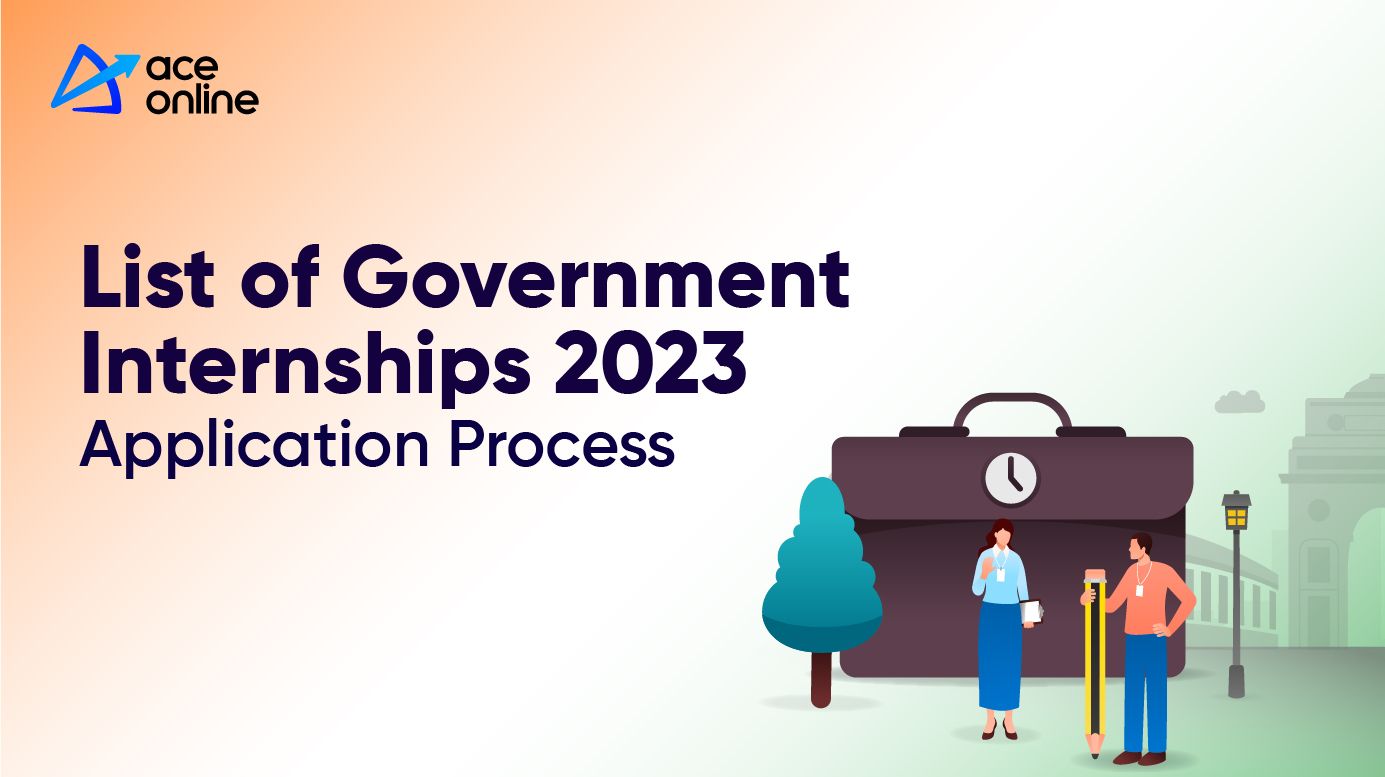
6. MICROPROCESSORS &MICROCONTROLLERS
8-bit & 16-bit Microprocessors introduction8051 architecture, addressing modes, instruction set, programming, interfacing and applications, interrupts and timers and counters, serial communication,-8255, programmable peripheral interfaceMSP 430 Microcontrollers- CPU architecture, Code composer studio, digital I/O-I/O ports, on-chip peripherals, watchdog timer, comparator, using the low power features of MSP 430- interfacing LEA, LCD, external memory, application.
7. SIGNALS AND SYSTEMS
Introduction-time domain representation for LTI systems-Fours representations of periodic signals-the Continuous-time Fourier transform-the discrete-time Fourier transform, Z- transforms.
Transmission and Distribution: Typical transmission and distribution systems scheme-overhead transmission lines-Insulators-corona-underground cables-line parameters-performance of power transmission lines- distribution.
Switchgear & Protection: Switches and fuses-principles of circuit breakers- -circuit breaketlightening4rresters: protectiVe relaying-induction type relay-protection schemes. ELCB, ELR, NO, Restricted Fault Current Relay, Numerical Relays.
High Voltage Engineering: Introduction— breakdown phenomenon-generation of HV ac and dC voltage-generation of impulse voltage and current-measurement of high voltages-non-destructive insulation testing techniques-high voltage tests on electrical apparatuses. symmetrical components; symmetrical three-phase faults; unsymmetrical faults; fault analysis; principles of over. current, differential, and distance protection; solid state relays and digital protection; principles of circuit breakers, circuit breakers; lightning arrestors; protective relaying; protection schemes; system stability concepts, swing curves, and equal area criterion; 1-IVDQ transmission and Flexible A.C. Transmission systems (FACTS) concepts; testing. and - commissioning of electrical equipment; electromagnetic compatibility; renewable energy sources; energy auditing and demand side management; electrical power quality; distributed generation and safety management
Electrical design estimating and costing:- General principles of estimation-residential building electrification-service connection, inspection, and testing of installation, Earthing/Groundingi-design-of earth mat, step potential touch resistance, measurement of insulation resistance, power analyzer.
9. POWER SYSTEM ANALYSIS AND STABILITY AND CONTROL
Representation of power system components-symmetrical faults-symmetrical components-unsymmetrical faults-Stability studies . unbalanced operation of three-phase induction motors.
Computer techniques in power system analysis: Network topology-network matrices-load flow studies-economic operation of power system-transient stability studies.
Power system operation and control: Control center operation of power systems-automatic voltage regulator-automatic load frequency control-control of voltage and reactive power-optimal system operation and unit commitment-power system security-system monitoring and control-power system reliability.

Control systems: Modeling of systems-block diagram and signal flow graphs-time response of feedback control systems-stability analysis-root locus techniques-stability analysis in frequency domain analysis-Introduction to state variable analysis.
Modern Control Theory: State variable analysis and design-transfer function-Eigen values-Eigen vectors-solution to state equation-pole placement techniques-non linear systems-stability of nonlinear systems.
10. ELECTRICAL POWER UTILIZATION
Heating and welding-electrolytic process-illumination electric traction-introduction to hybrid vehicles. Industrial drives and applications:- Introduction to electrical drives and their dynamics-selection of motor power rating-DC motor drives-induction motor drives-synchronous motor drives-industrial drives, Illumination Laws of illumination — types of lamps, lighting schemes for indoor, outdoor, factory, and street lighting, requirements of good lighting. Adequate illumination — Design of illumination schemes.
11. MANAGEMENT AND ENTREPRENEURSHIP
Management —planning-organizing and staffing-directing and controlling-entrepreneur-small scale industry-institutional support preparation of the project.
KPSC AE Previous Year Papers
KPSC AE Previous Year Papers PDF - Download
ACE Online Newsletter
Join the newsletter to receive the latest updates in your inbox.


